The objective of the Plan is to promote all potentials, advantages, resources, science, technology, innovation and digital transformation, bringing Bac Giang to develop rapidly and sustainably, diversify services, and make breakthroughs; agriculture develops stably, in the direction of safety, quality and efficiency. Science, technology, and knowledge economy are promoted, becoming the main factors contributing to improving growth quality; strongly developing high-quality human resources.
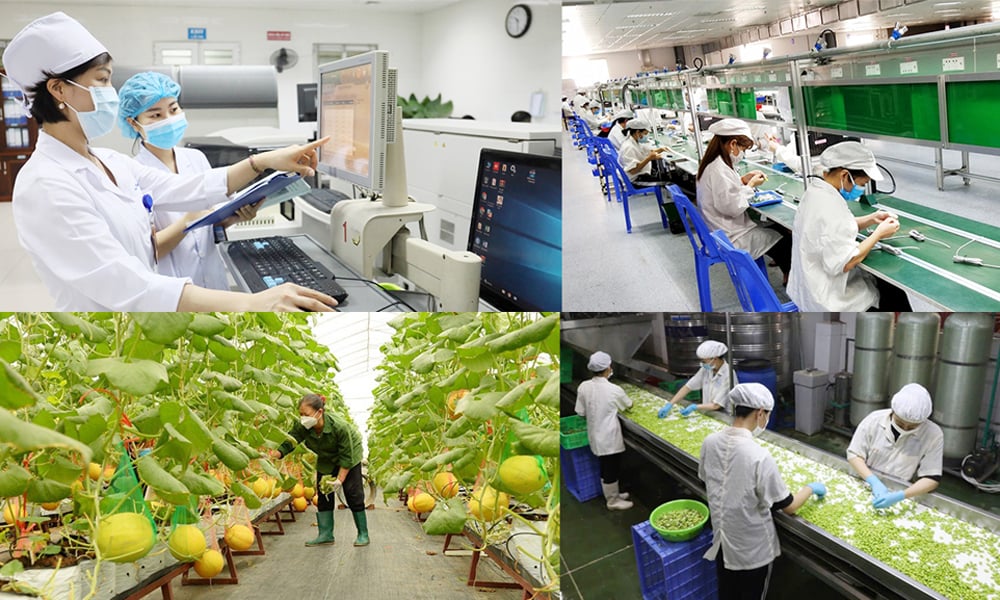 |
Illustration photo. |
By 2030, Bac Giang strives to become one of the provinces developing industry in a modern direction; strives to be in the top 10 provinces and cities nationwide in digital transformation and maintain its position in the top 10 provinces and cities nationwide in terms of the local innovation index (PII Index). By 2045, it will be a modern industrial province with comprehensive and sustainable development.
Accordingly, by 2025, strive to develop infrastructure with 5G coverage in the area of ≥ 60%. ≥ 60% of users have the ability to access fixed broadband with speeds of over 01 Gb/s. Continue to hire information security monitoring services and incident response for the entire system.
Regarding resource development, ≥ 1.0% of total local budget expenditure on science, technology, innovation and digital transformation reaches 2% of GRDP. ≥ 80% of commune-level cadres and civil servants are trained in basic digital skills. 100% of provincial-level cadres and civil servants are trained in basic digital skills. 80% of cadres, civil servants and public employees master digital skills and apply technology in management and operation. 80% of the adult population has access to digital services in healthcare, education, insurance and transportation. There are 7 or more people conducting scientific research, technology development and innovation per 10,000 people.
Regarding science and technology development, there are ≥ 30 science and technology enterprises in the area. There are ≥ 4 science and technology organizations established under the province. There are ≥ 10 provincial-level science and technology projects accepted. There are ≥ 300 science and technology research staff in the province. There are ≥ 19 provincial-level science and technology tasks implemented. There are ≥ 40% of science and technology results applied in practice after 12 months of acceptance.
There are ≥ 15 applications for intellectual property (patents, utility solutions). There are ≥ 10% of enterprises using research results from institutes and schools in production/business. Each year, there are ≥ 50% of scientific articles with author addresses in the province. Strive to have works that win national science and technology awards. Apply AI, IoT, Big Data... in environmental management, smart cities; improve people's quality of life.
Regarding the development of the innovation ecosystem, there are ≥ 30 science and technology enterprises. There are ≥ 50 innovative startups. There are ≥ 3 incubators/innovation centers. There are ≥ 15% of enterprises with activities to innovate business processes and models. Each year, there are ≥ 20 innovative products commercialized.
Each year, there are ≥ 10 innovation projects supported by the provincial budget. Each year, there are ≥ 5 inventions and useful solutions located in the province. Each year, there are ≥ 100 applied scientific articles related to innovation. ≥ 10% of small and medium-sized enterprises have research and development cooperation with institutes/schools. Each year, there are ≥ 30 initiatives in the public sector recognized.
Regarding digital transformation development, the provincial digital transformation index is ≥ 0.7. ≥ 70% of administrative procedures are received and resolved across administrative boundaries between the central and local governments and between government levels. 100% of administrative procedures related to training, research, production and business must be performed online.
≥ 70% of administrative transactions are "contactless". ≥ 90% of administrative procedure records and results are digitized. 100% of full-process online public services out of the total number of eligible administrative procedures. ≥ 70% of administrative procedure records are processed online. ≥ 40% of the province's information system is operated on a cloud computing platform. ≥ 50% of the province's databases are digitized and connected to the Central Government.
≥ 60% of data of departments, agencies and branches are integrated with the provincial data interconnection axis. ≥ 30% of local small and medium enterprises apply digital technology. ≥ 50% of people have electronic identification accounts (VNeID). ≥ 60% of party committees and commune and ward authorities use unified management and administration software. Maintain and develop the Bac Giang province Smart City Monitoring and Operation Center (IOC). Promote the application of e-commerce. The scale of the digital economy reaches > 30% of GRDP.
In addition, the Plan also sets out specific goals for 2030, 2035, 2040, and 2045 on infrastructure development; resource development; science and technology development; innovation ecosystem development; and digital transformation development.
For provincial party agencies, deploy digital transformation in provincial party agencies according to Decision No. 204-QD/TW dated November 29, 2024 of the Secretariat on approving the Digital Transformation Project in Party agencies and the Central's directives and guidelines, ensuring synchronization, efficiency and suitability with the practical situation of the province; in which, some main targets are implemented from 2025 to the end of 2028.
Source: https://baobacgiang.vn/bac-giang-trien-khai-thuc-hien-nghi-quyet-so-57-cua-bo-chinh-tri-ve-doi-pha-phat-trien-khoa-hoc-cong-nghe-doi-moi-sang-tao-va-chuyen-doi-so-quoc-gia-postid417187.bbg



![[Photo] Chinese, Lao, and Cambodian troops participate in the parade to celebrate the 50th anniversary of the Liberation of the South and National Reunification Day](https://vphoto.vietnam.vn/thumb/1200x675/vietnam/resource/IMAGE/2025/4/30/30d2204b414549cfb5dc784544a72dee)
![[Photo] The parade took to the streets, walking among the arms of tens of thousands of people.](https://vphoto.vietnam.vn/thumb/1200x675/vietnam/resource/IMAGE/2025/4/30/180ec64521094c87bdb5a983ff1a30a4)

![[Photo] Cultural, sports and media bloc at the 50th Anniversary of Southern Liberation and National Reunification Day](https://vphoto.vietnam.vn/thumb/1200x675/vietnam/resource/IMAGE/2025/4/30/8a22f876e8d24890be2ae3d88c9b201c)


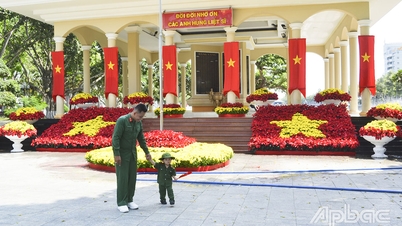



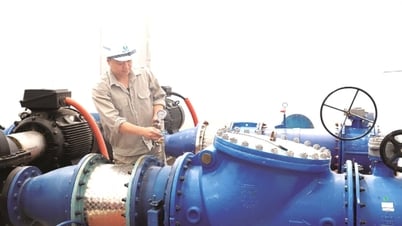









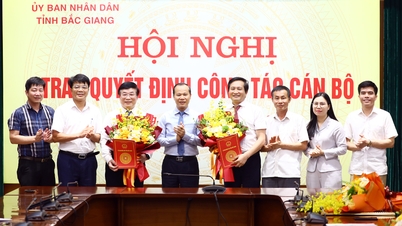
![[Photo] Performance of the Air Force Squadron at the 50th Anniversary of the Liberation of the South and National Reunification Day](https://vphoto.vietnam.vn/thumb/1200x675/vietnam/resource/IMAGE/2025/4/30/cb781ed625fc4774bb82982d31bead1e)















































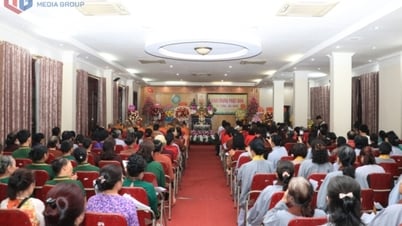



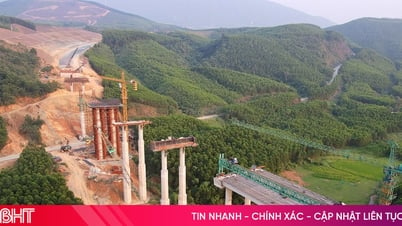




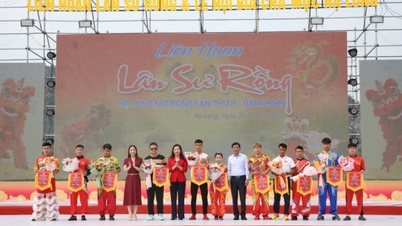











Comment (0)